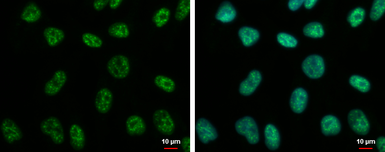CHFR antibody
Cat. No. GTX116261
Cat. No. GTX116261
-
HostRabbit
-
ClonalityPolyclonal
-
IsotypeIgG
-
ApplicationsICC/IF
-
ReactivityHuman
